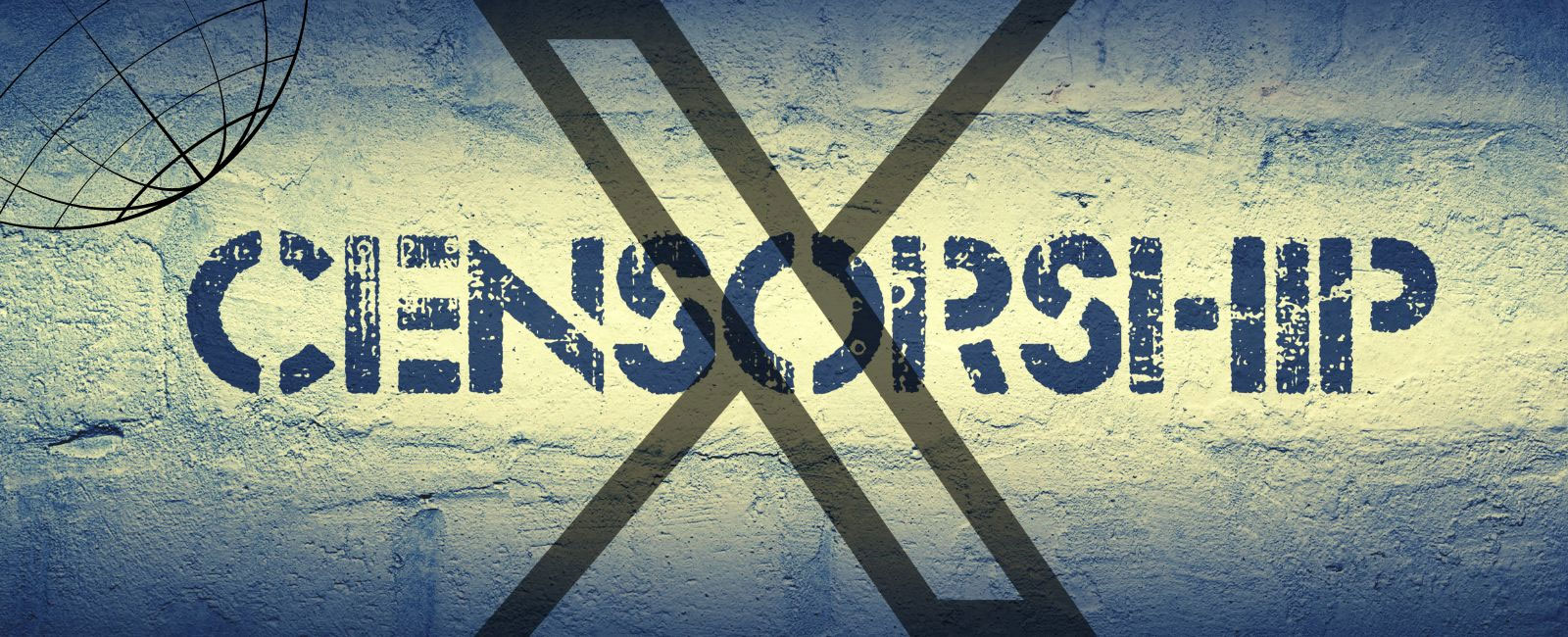Platform-shedding: The new normal?
Without fixing the structural regulatory flaws, safeguarding citizenry's access to information and fostering truly free digital landscape will remain a pipedream

Over the last week, internet users in Pakistan joked about a new iteration of load-shedding, previously confined to electricity and gas–intermittent X, formerly Twitter, outages. While largely inaccessible, the platform was briefly accessible at different points during the week and radio silence from the government led to massive confusion about what to call this blockage — a temporary block, complete ban or internet load-shedding?
How did we get here?
Pakistan has an embarrassingly prolific history of blockages of major social media platforms (summarised in the table below). Platforms such as YouTube and Facebook have been banned several times, the longest being the YouTube ban from 2012 to 2016. In 2008 Pakistan’s attempts to block YouTube led to a two-hour worldwide outage of the platform. While most bans have been at the behest of regulators, some of these bans have been mandated by the courts; Facebook was banned in 2010 on orders of the Lahore High Court and TikTok was banned twice in 2021 at the behest of the Peshawar and Sindh High Courts, respectively.
The reasons for platform shutdowns have largely centred on religious sensitivities, perceived immorality, and curtailing of protests and political activity. These blanket bans are far from precise in their methods; in a bid to block specific content, entire platforms end up being blocked.
The modality of blockages has also varied, from temporary blocks to long-term or indefinite bans lasting years, as have the technologies employed which range from ISP-level blocks — which require individual internet service providers to block content — to a National Filtration System — that employs centralised blocking at the PTA-level. The only common theme has been the absence of accountability.
Institutional response, or lack thereof
The wholesale blockage of X, while not new, has been alarming given the institutional indifference exhibited by the Pakistan Telecommunication Authority (PTA), the body tasked with the regulation of the Internet under the highly controversial section 37 of the Prevention Electronic Crimes Act, 2016. There has been no official notification or statement from the PTA about the blockage, nor have any reasons been furnished.
This opacity precludes any avenues for users to oppose the rationale behind the blockage or present any serious challenge to it. In the recent past, the PTA added to the smoke and mirrors by suspiciously claiming that the social media disruption, neatly coinciding with the virtual event of a political party on January 20, was a “technical error”.
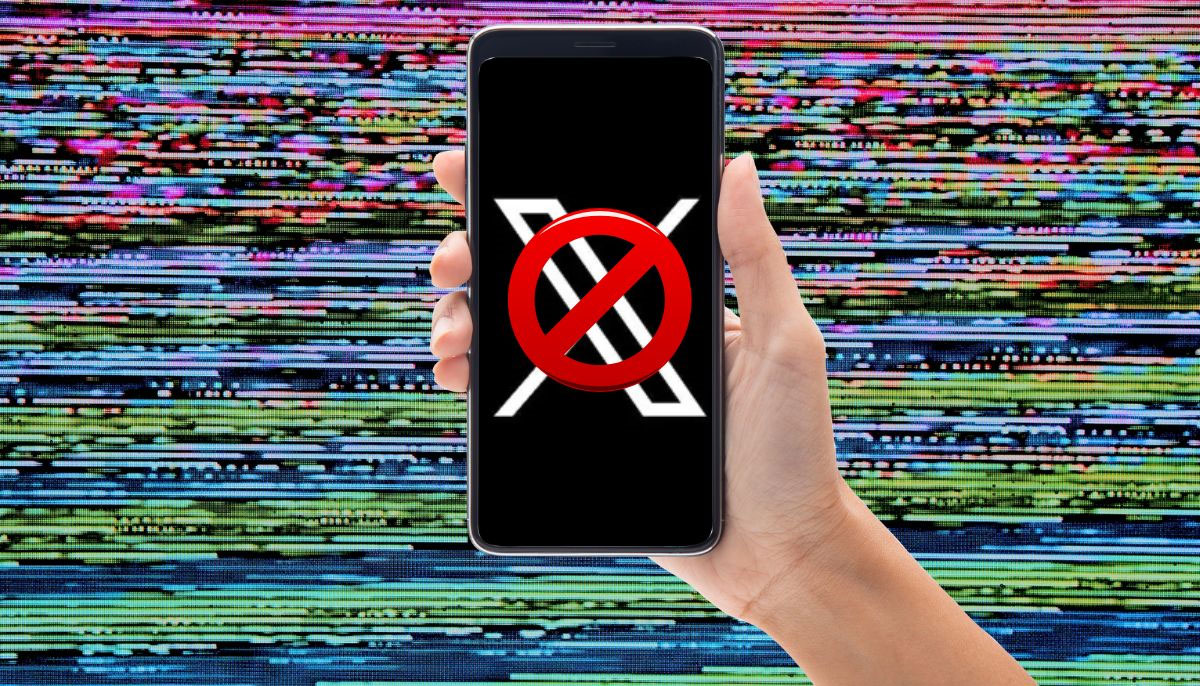
Lack of transparency regarding internet censorship has been the modus operandi of the PTA; users often find out about websites and platforms being banned only when they fail to access them. The PTA has repeatedly refused to provide a comprehensive list of the thousands of URLs it blocks each year.
It is worth remembering that the legitimacy of the Removal and Blocking of Unlawful Online Content Rules, 2021, potentially empowering the PTA to ban platforms, has been challenged in the courts across the country and referred to parliament for review by the Islamabad High Court on grounds of being ultra vires of the Constitution and its parent Act. Recently, the PTA failed to comply with clear directions from the Sindh High Court not to block platforms and services on election day. Yet, the PTA continues to evade accountability for depriving Pakistanis of their access to information and online expression, both constitutionally guaranteed rights.
Why now?
The ban on X comes at a time when social media has been rife with allegations of rigging and home to a groundswell of dissatisfaction with the electoral process. The timing of the ban, hours after a shocking press conference by Rawalpindi Commissioner strongly indicates that it is in response to these post-election developments.
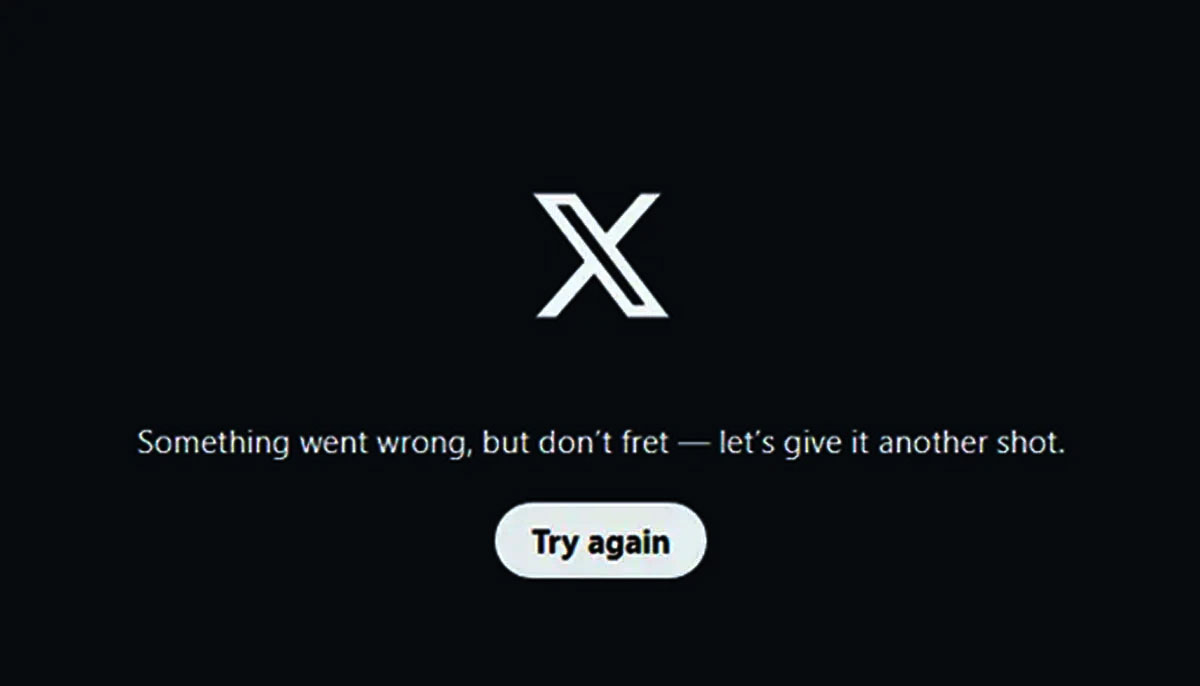
Additionally, X has been a particularly political platform, used by political parties, journalists, activists and governments alike to access political news and take part in political discourse. Moreover, the platform’s capacity to moderate content and ability to respond to government requests has been drastically reduced since the takeover by Elon Musk —this gives governments the perfect pretext to restrict access to the platform.
VPN throttling: A worrying trend
Faced with increasing surveillance and censorship, Virtual Private Networks (VPNs) are often the first line of defence for users to circumvent censorship. Since the X blockage, VPN providers across the board have reported a significant spike in Pakistan-based users. For instance, Top10VPN reported a 131% surge in VPN usage on February 19, two days after the X outage.
Previously, there were increases of 301% on January 20 and 235% on January 7 as social media platforms, including X, YouTube, Facebook and Instagram, faced disruptions. Similar trends have been noted by other ExpressVPN (80% increase in traffic to the website), while Surfshark noted that new user acquisition rates in Pakistan increased by around 400%.
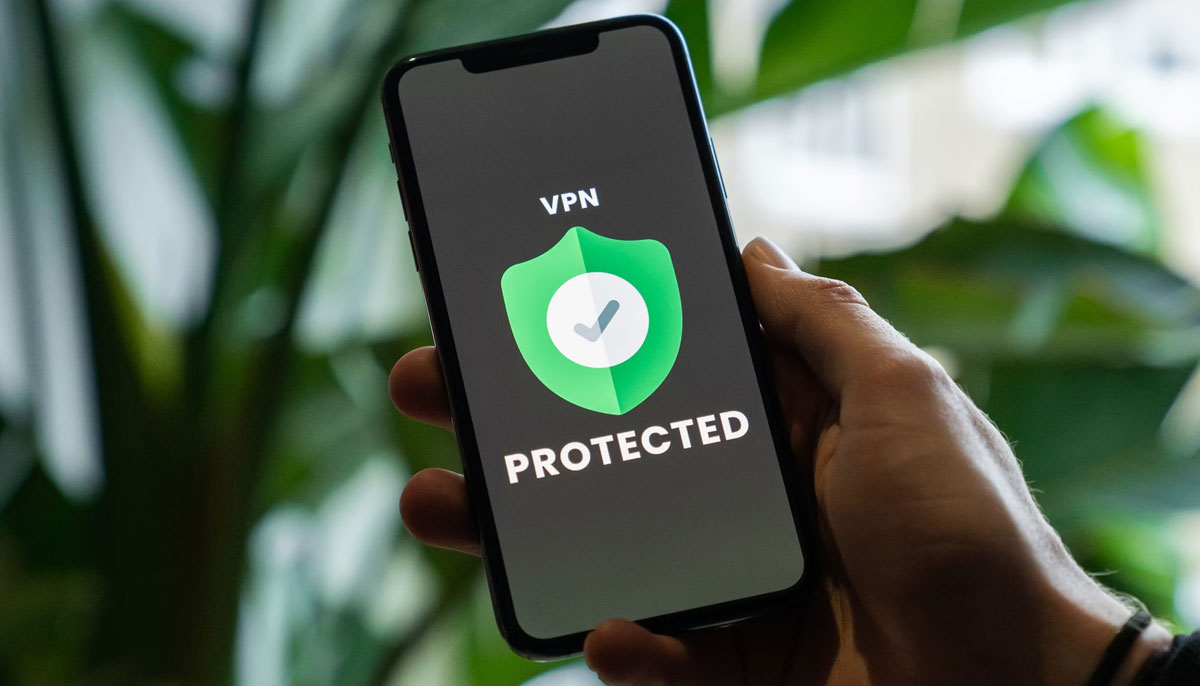
Worryingly, VPNs have been subjected to the same disruptions they are deployed against. Users have reported experiencing throttling of various VPNs, foreclosing any avenue to access the platform and setting a dangerous precedent for privacy and information access in the country.
Pakistan's regulation of VPNs is patchy as the PTA requires that commercial entities register their VPNs; however, it has been unclear whether individual users are required to do so.
The Monitoring and Reconciliation of Telephony Traffic Regulations (MRITT), 2010, relied upon by the PTA to regulate encrypted traffic, is unclear and lacks an understanding of the centrality of VPNs within the larger internet landscape. Ultimately, VPN throttling follows the larger trend of internet censorship — no official acknowledgement or transparency from the authorities.
Future of internet censorship
The current X shutdown could be a sign of things to come as a new government takes power. Tolerance of criticism on social media is wearing thin on the powers that be and legislative proposals in the previous PDM coalition government could rear their head again, particularly the proposed e-Safety Bill that sought to create a new body for internet regulation with even more expansive powers.
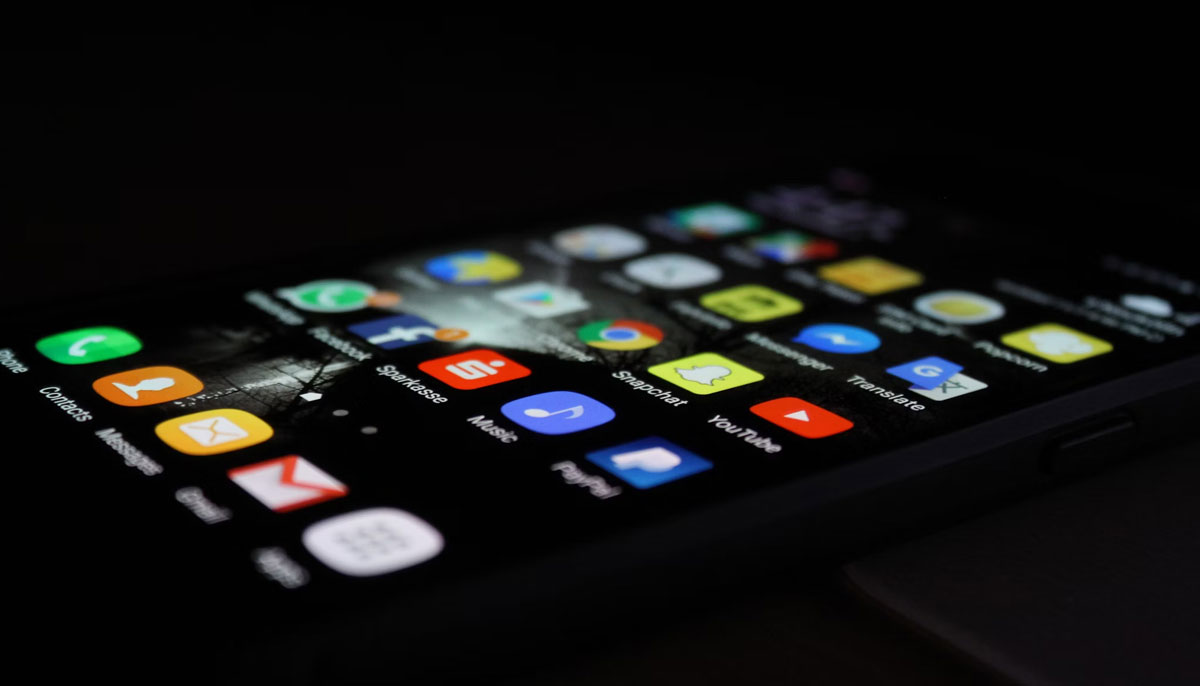
The recent rolling blackouts of X lay bare the extent of prevailing struggles for online freedom and regulatory accountability. The PTA's hush-hush manoeuvring, the disturbing trends like VPN throttling, and the timing of the ban amid ongoing political tensions ring alarm bells about the future of digital rights.
Without fixing the structural regulatory flaws and plugging the policy and legal loopholes, safeguarding the citizenry's access to information and fostering a truly free digital landscape will remain a pipedream.
Shmyla Khan is a researcher working on the intersection of gender, technology and human rights
Banner and thumbnail image by Geo.tv



